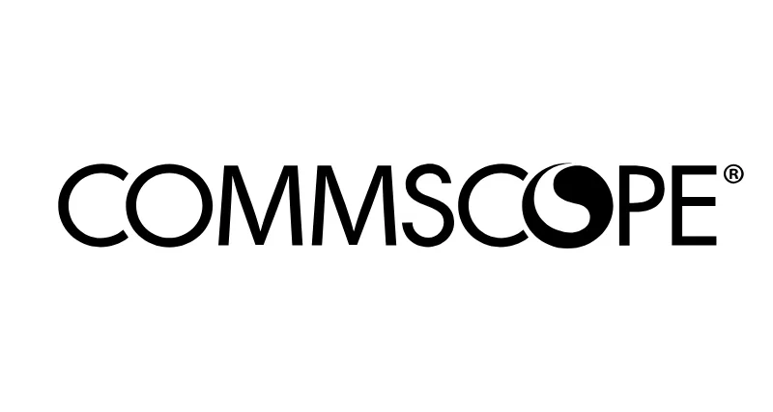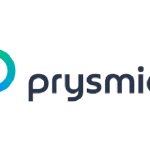The FTTx Boom and Its Challenges Across EMEA
The past few years have seen an explosion in home data consumption across EMEA, and the growth shows no signs of slowing. According to industry analyst firm Arthur D. Little, data use per household, which was approximately 225 GB/month in 2022, is expected to grow to about 900 GB/month by 2030—an annual growth rate of 20%.
There are multiple drivers of this growth. Among the most impactful is the increase in video streaming. According to Cisco’s Visual Networking Index, an estimated 78% of European households subscribe to at least one streaming service, with 45% having three or more subscriptions and 14% subscribing to five or more services. Another major contributor is the rapid increase in home Wi-Fi adoption. Between 2023 and 2024, home Wi-Fi usage increased 53%, as the average number of in-home Wi-Fi devices rose to 12.
Increasing demand for FTTH/B will strain fiber supplies
Explosive growth in home data consumption is driving service providers throughout EMEA to expand and accelerate their fiber to the home/building (FTTH/B) rollouts. Based on figures from the FTTH Council Europe, fiber passes approximately 70% of homes across Europe; by 2029, coverage is expected to hit 87%. With take-up rates hovering at 50%, 121 million homes were connected as of September 2023.
The concern for operators is that demand is still outstripping supply, especially in rural areas. Overall, 64% of European households (EU27+UK) are covered by FTTH/B networks, but only 48% in rural zones—an urban-rural digital divide that continues to grow.
Additionally, global 5G penetration is projected to reach over 56% by 2030, more than triple 2023 levels. This surge will require a significantly denser fiber infrastructure, competing for already limited supplies. Fiber demand is also growing due to AI, smart cities, and industrial IoT. AI cluster deployments, for example, may increase horizontal fiber density by up to 500%.
Fiber OEMs double down on increasing capacity
To meet this demand, manufacturers like CommScope are expanding production. The company now produces over 380 million meters of fiber annually and has invested more than $100 million in its North Carolina facilities to increase output of loose tube cables and new solutions such as the HeliARC™ fiber for rural use.
“This increase in fiber-optic cable production is a great step forward for our ‘Broadband for Everyone’ program.”
New fiber cabling designs help networks achieve FTTH/B objectives
Service providers must address four key priorities to meet FTTH/B demands:
- Accelerate rollouts
- Reduce deployment costs
- Improve reliability
- Minimize carbon footprint

Smaller, lighter fiber cabling
CommScope’s ultra-thin 200μm fiber enables higher density cables. HeliARC™, a new cable optimized for rural aerial deployments, is stronger, slimmer, and more sustainable. Both products reduce raw material and reel requirements, lowering environmental impact.
Untangling fiber nests in terminals
Years of manual splicing have cluttered terminals. Precabled fiber terminals resolve this with factory-sealed splices, simplifying maintenance and lowering costs. One operator saved €3 million over 100,000 homes using pre-tailed cables instead of mid-span pass-through cabled terminals.

Provisioning Day 2 subscribers
Micro-trenching to every home is inefficient. Instead, operators are installing Mini Junction Units (MJUs) at property boundaries. CommScope’s low-friction, high-performance cables support long-distance micro-blowing, enabling faster installations while reducing installation costs.
Investing in the FTTx supply chain
CommScope offers end-to-end FTTx solutions: central office frames, outdoor closures, air-blown fiber, plug-and-play terminals, and more. Their consistent manufacturing processes ensure interoperability across all deployment stages, from street cabinets to premises.
Today’s FTTx decisions will define tomorrow’s network success
Analysis Mason suggests today’s 10 Gbps networks will meet needs through 2030. Strategic investment now can future-proof networks. EU-wide programs aim to bring 100 Mbps to every household and 100% 5G by 2030. CommScope, with 40+ years of expertise, stands ready to help providers navigate and grow through this evolution.
Discover how CommScope’s FTTx insights can support your strategy










Leave a comment
You must be logged in to post a comment.